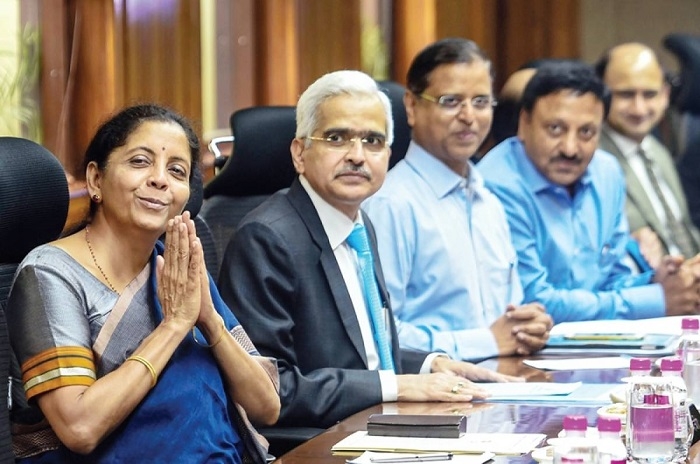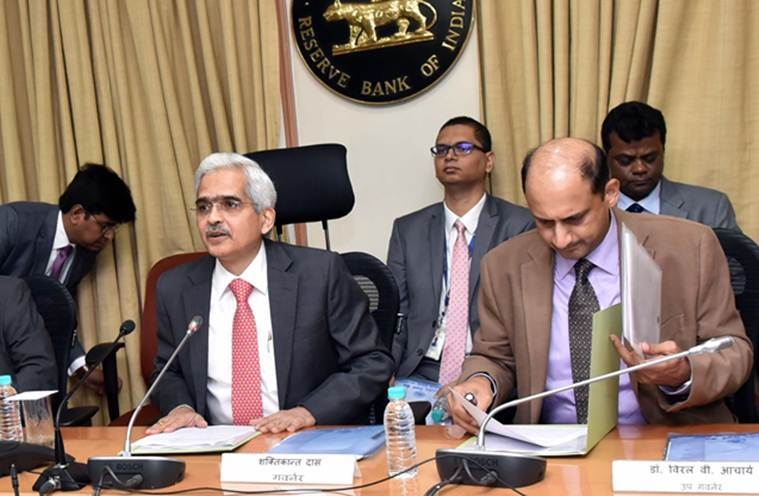Why India, Why now? Speculum for RBI’s decision to payout Rs 1.76 lakh crores to the Indian regency
Total Views |
India, in the reversal of it’s recent economic stance has been facing a lot of financial complications, disturbing the state of confidence of the present aligned government. Rubbing off the accusations and the worries glued up around the lowering GDP, the economic clans in the cabinet pulled a lot of measures favoring the situation.
The Reserve Bank of India on Monday moved up accepting and eventually approving Bimal Jalan panel’s recommendations and decided to give away Rs 1.76 lakh crores to the government. This payout being from the surplus and reserves of the central bank, the government is estimated to boost its financial position and boost the aligned consolidation.

“The record transfer, including a surplus of Rs. 1.23 lakh crore for 2018-19, will boost the government's finances at a time it strives to tackle a nearly five-year low economic growth with lakhs of estimated job cuts across sectors, and defend its ambitious target of containing fiscal deficit at 3.3 per cent of the GDP”, the statement released by RBI read.
This move of the apex bank however came days after the government had announced a range of measures, including an immediate injection of Rs 70,000 crore into state run banks, instead of spreading it over the year ending March 2020 as announced in Budget, to push growth in the sector.
Also the head of the government's think tank Niti Aayog, Rajiv Kumar had recently claimed that the current slowdown was unprecedented in 70 years of independent India and called for immediate policy interventions in specific industries. With this the question to focus on remains as it is, ‘Why India, and why now?’
The crisis goes back longer when the industries and the manufacturing hub ceased investing that in view, created jobs and incomes. These in turn get spent and fill pockets of the other clans who in turn fuel further consumption and income generation. India can definitely do with more public investment, especially in the given situation.

Although there are three major issues aligned, the first being, of course, resources, will the government risk a further slippage in its fiscal deficit targets? Further the second has to do with state capacity pondering over the abilities of the public sector undertakings in the project execution. And probably leaving no time for debate, the third focuses over the immediate execution theory.
Disagreeing with the idea of industry specific incentives and arguing for structural reforms in land and labor markets, the government’s council sounds grown up, resorting to social media and opinion editorials to counter one another.
The government is however due to release GDP data for the quarter ended June 30 on Friday. Referring to the estimations, the economic growth is slated to have slowed to a more than five year low of 5.7 per cent in the June quarter. Also the RBI this month lowered its GDP growth projection for 2019-20 to 6.9 per cent, from 7 per cent forecast in June.